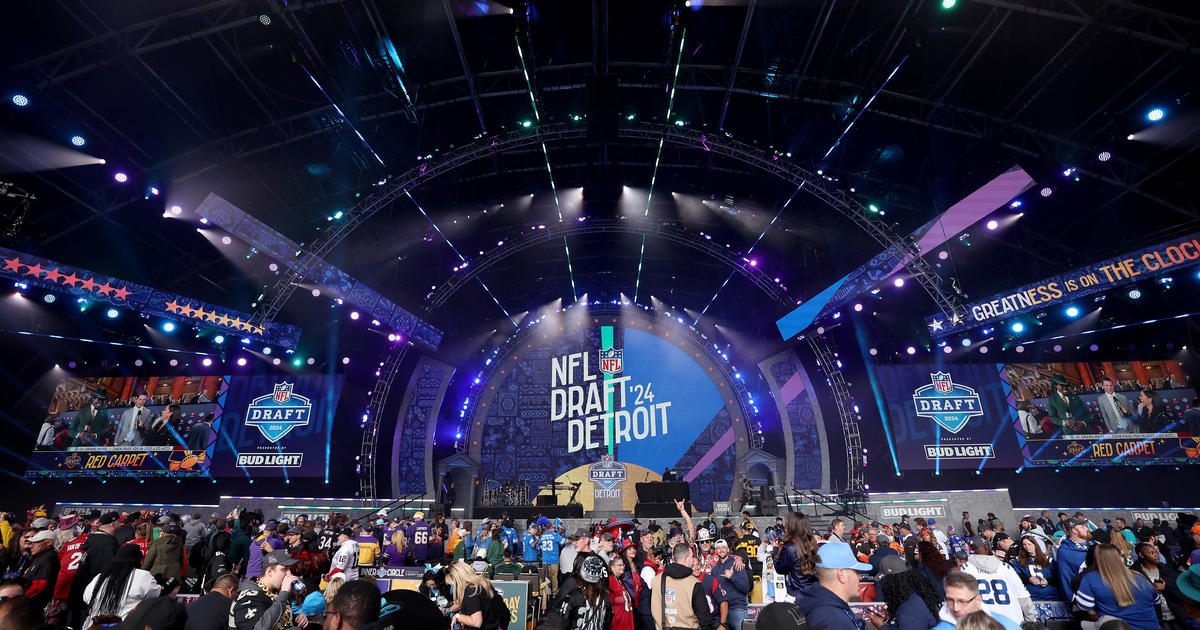Labor Day marks the end of a summer of travel chaos. Here's what travelers should know heading into the holiday weekend — and for the fall
Labor Day — the traditional end of the summer — caps off an exceptionally chaotic travel season this year, as staffing shortages, fuel prices and the pandemic worked in concert to make getting from A to B a difficult prospect. But the passage of Labor Day is also expected to mark the start of more stability for the sector.
And there is some immediate good news for passengers: The Department of Transportation announced Thursday that 9 out of the 10 major airlines guarantee meals and eight guarantee hotel accommodations when an airline's issue causes the delay or cancellation. The department is launching a new website aimed at helping passengers whose flights are canceled or delayed, the No. 1 travel complaint.
Travelers should ask for those vouchers, and bear in mind that those are only for situations within the airlines' control, such as staffing or mechanical issues — not weather.
But first, the holiday weekend. So, what should travelers know as they head into the holiday?
What to expect Labor Day weekend
More than 12.6 million passengers are expected to pass through the nation's airports between Thursday and Monday, according to data from Hopper, which tracks travel and deals.
American Airlines estimates 2.5 million customers will fly this Labor Day weekend on its 26,400 scheduled flights, with its busiest travel days expected to be Thursday and Friday. That's nearly 800 more flights than last year — but 3,600 fewer than 2019. Delta says it will carry between 2.8 million and 2.9 million passengers on more than 25,00 flights over the holiday travel period — more than the 2.5 million passengers who flew with the airline last year, but down from the 3.1 million in 2019. United said it anticipates 2.6 million customers, a 20% jump from last year but similar to 2019.
The most-booked destinations include Las Vegas, Denver, and Atlanta, according to Hopper. And overall, passengers are paying more to fly this year — an average $278 round-trip, up 23% from last year and 20% from 2019, according to Hopper's research.
That's in part because of the cost of jet fuel, which — like gasoline — saw historic highs this summer, though Hopper notes that cost has declined in recent weeks to $2.94 per gallon, the lowest level since this past March.
For travelers hitting the road instead of taking to the skies, AAA says the national average gas price will be the highest since 2012, despite falling throughout the summer. Two-thirds of drivers told the leisure travel organization in a survey last month their driving habits had changed since March, as prices went up.
The Labor Day weekend is the third business of the summer, behind Independence Day and Memorial Day, Adrienne Woodward, spokesperson for AAA's Michigan auto club, told CBS Michigan. Prices are expected to rise, she said, both because of the increased demand and thanks to a refinery fire in Indiana, which could tighten the supply of crude oil in the Midwest.
And for U.S. destinations, hotel rates have remained high — 34% above 2019 rates. And sources tell CBS News that while many hotels claim they are full, many are still operating at only 60% capacity. This is intentional, since the staffing crunch means they can't support the other 40% of their room inventory.
Fall travel outlook
But once Tuesday hits, the airport madness might subside. Not because the airlines have suddenly solved their pilot shortage and other staffing issues, but because the major airlines are already slashing their fall schedules, and in some U.S. markets, ending service entirely. With fewer flights and fewer people flying in the fourth quarter, airlines will also have fewer bags to risk mishandling.
And airfares will drop another 20% starting around Sept. 8. Southwest, for example, already lowered airfares last week, beginning at $59 for flights between Sept. 8 and Feb. 15, and the airline lowered base fares 25% to and from Florida, Hawaii, Mexico, the Caribbean and Central America.
While in some markets the fares are still about 17% higher than 2019 prices, prices are starting to drop across the board and keep dropping into October. According to research from Expedia, average flight prices to Paris and Rome are already down 15%; Barcelona, 30%; San Francisco, 25%; Los Angeles, 35%; and Seattle — a whopping 45%.
More airline frequent flyer program award seats will suddenly become available, and with some lower redemption levels. In some cases, the mileage required to redeem business class tickets has dropped the most, because business travel is still not anywhere near back to 2019 levels.
But the higher U.S. hotel rates might stick around, as sources say hotels will continue to operate at a lower capacity and stay relatively full on the rooms they are operating through the end of the year. For resorts, though, travelers will likely see rates drop from Sept. 8 until the middle or end of November, when the high season starts for many of these resorts in Hawaii and the Caribbean.
Kathryn Krupnik contributed to this report.



